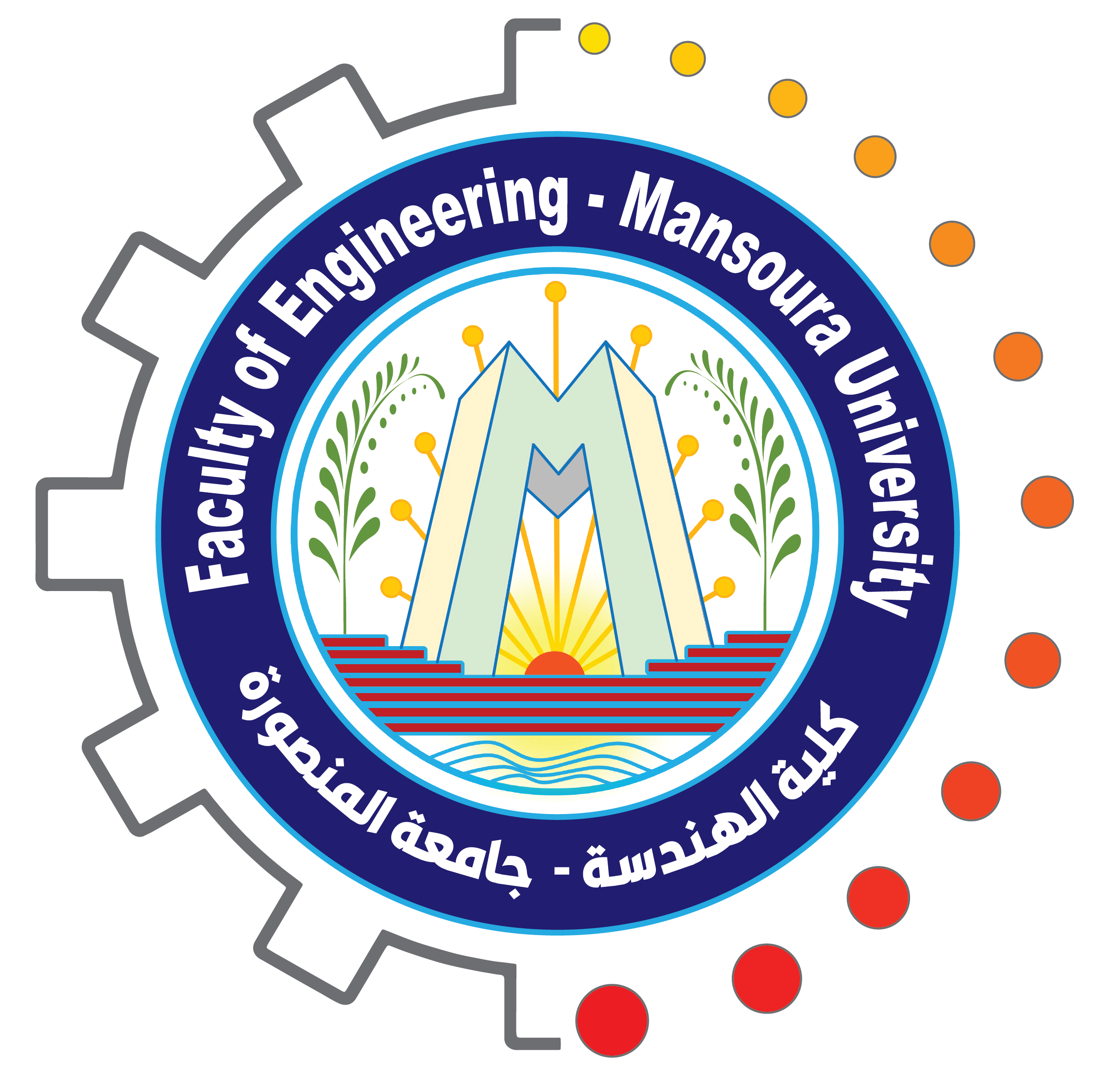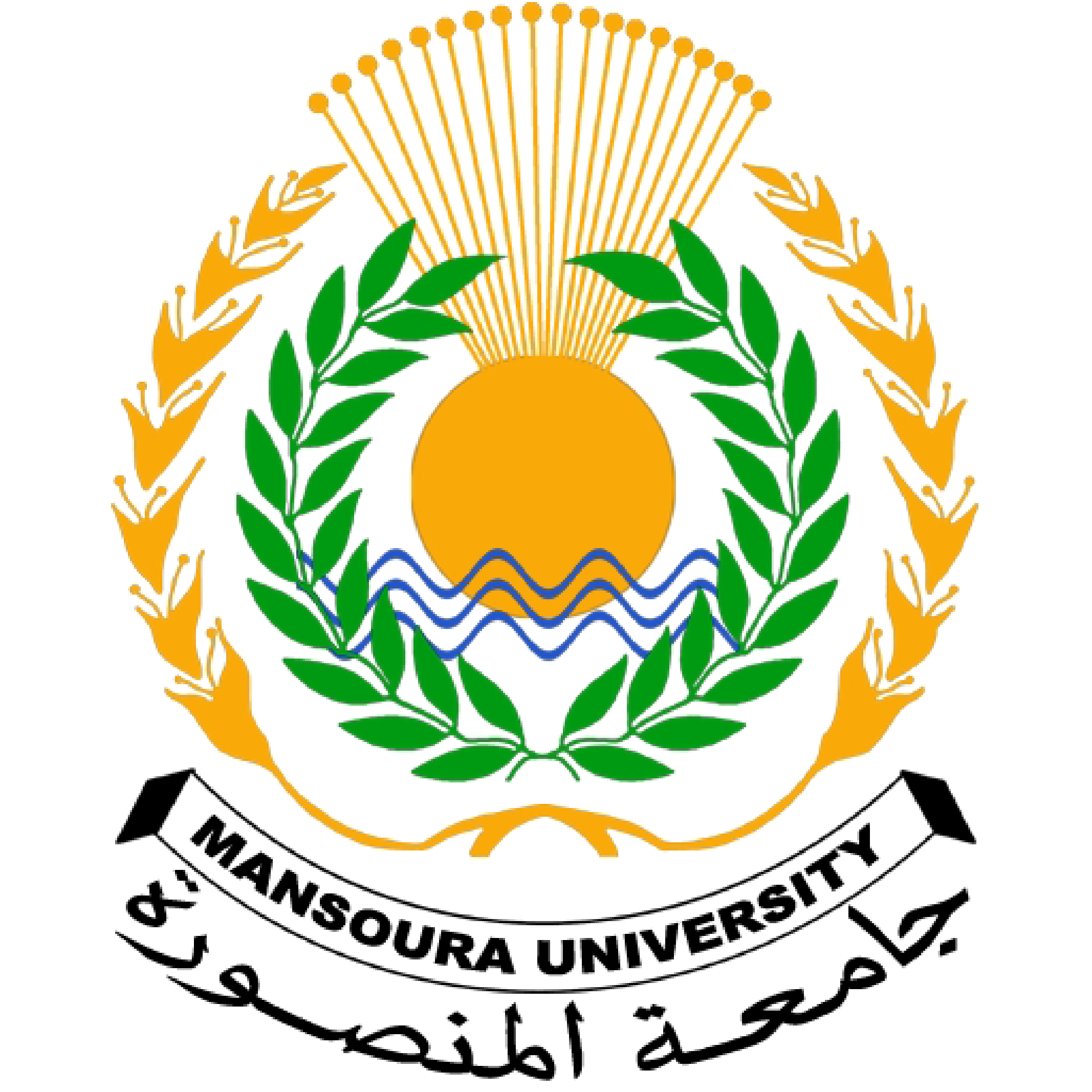Subject Area
Civil and Environmental Engineering
Article Type
Original Study
Abstract
Violating traffic rules in transport networks is a genuine concern for operators as it is one of the most important causes of fatal accidents. With the increasing number of residents in the new cities in the Arab Republic of Egypt, and the incompleteness of the transportation system in those cities, including traffic signs, light signals, and control points, the possibility of committing such violations increases. The study aims to propose the framework for establishing an intelligent monitoring system in the new city of Assiut consisting of high-resolution cameras optimally distributed on the traffic network points in the city. They will be linked to a highly efficient processing unit equipped with an artificial intelligence (AI) program to identify violations intuitively. The framework aims to determine optimal traffic monitoring locations in the city's network. It focuses on identifying the types and rates of daily traffic violations. Training a contemporary AI system will increase the coverage period (i.e., 24/7) and increase the coverage area, overcoming the most critical shortcomings of manual monitoring systems. This data can be analyzed statistically to identify the most critical reasons for committing violations and propose policies to reduce those violations. The expected results will benefit from the support of the New Assiut City authority to implement the proposed solutions and then use the established monitoring system to measure the effectiveness of those proposals in reducing the number of accidents. The system establishment is based on specific steps, starting with monitoring the current situation of violations in the city, then using a modern mathematical model developed by the lead researcher in the team to determine the best places to distribute surveillance cameras. After the system operation and monitoring start, the latest machine intelligence models will be trained to self-recognize traffic violations. These models are characterized by the continuous ability to increase their efficiency in identification in terms of accuracy and the recognized patterns with time. The importance of the study is crystallized in monitoring the change in the rate of violations. Thus, reducing the expected percentage of accidents in the network leads to saving lives and property. The presence of this intelligent system in the city will allow continuous and centralized tracking of traffic in the city, in addition to the possibility of continuing scientific research to increase traffic efficiency and safety.
Keywords
Data Science, Machine Learning, Deep Learning, Traffic Sensors, Traffic Violations, Statistical Modeling
Creative Commons License

This work is licensed under a Creative Commons Attribution 4.0 License.
Recommended Citation
Owais, Mahmoud; Shehata, Ali; Shaband, Abdou; and Moussa, Ghada S.
(2025)
"A Framework for Establishing an Automated Traffic Violation Detection System in New Assiut City Using Ordinary CCTV Units,"
Mansoura Engineering Journal: Vol. 50
:
Iss.
3
, Article 11.
Available at:
https://doi.org/10.58491/2735-4202.3293
Included in
Architecture Commons, Civil and Environmental Engineering Commons, Life Sciences Commons










